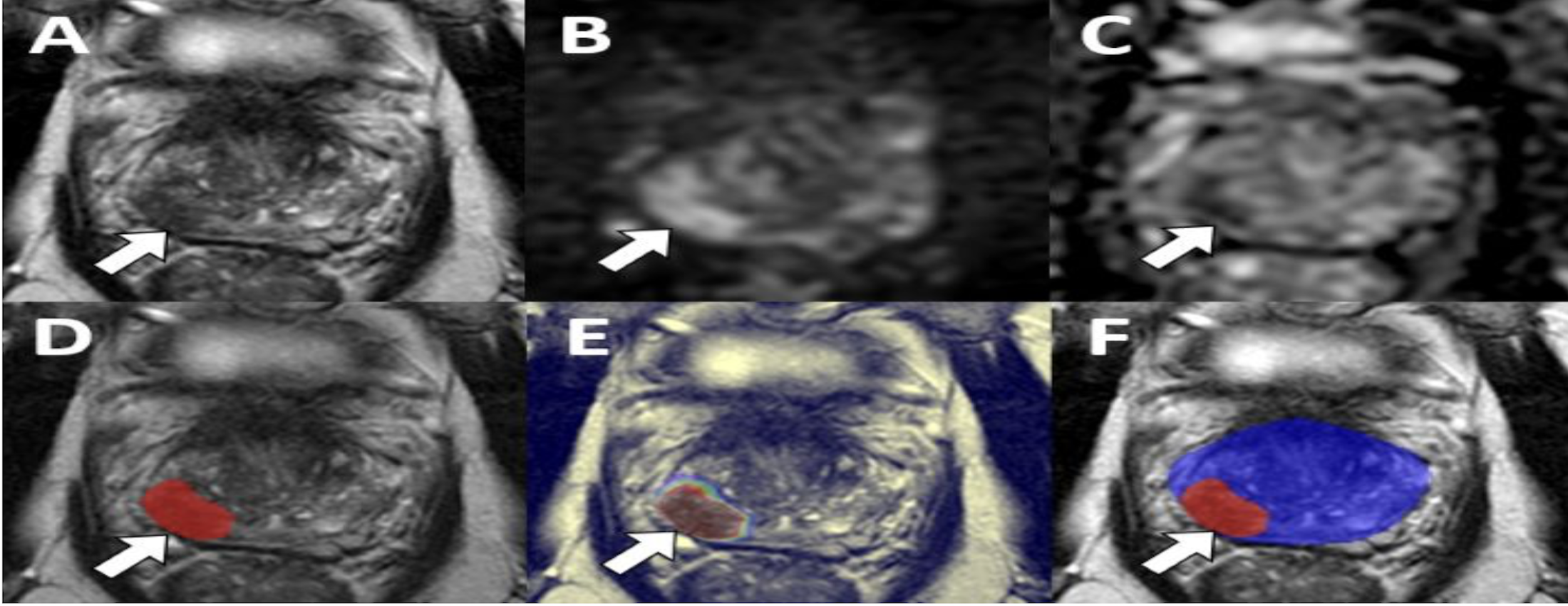Executive Summary
Graphics Processing Units (GPUs) have significantly transcended their initial purpose of image and graphics rendering. In the contemporary landscape, they are integral to compute-intensive applications such as artificial intelligence and machine learning (AI/ML), scientific simulations, video rendering, and large-scale parallel processing. This white paper delves into the architecture of cutting-edge SEMIC SDGPUs, examining their essential components, their role in enhancing computational efficiency, and the future direction of GPU technology.
A. Introduction to GPUs
A Graphics Processing Unit (GPU) is a specialized electronic circuit engineered to efficiently manipulate and modify memory, thereby accelerating the generation of images and computations within a frame buffer for display output. Over the past two decades, GPUs have evolved into versatile general-purpose parallel processors, adept at managing a wide array of workloads beyond just graphics rendering.
B. Evolution of GPU Architecture
- Early 2000s: The era of fixed-function pipelines, specifically designed to optimize graphics rendering.
- 2006 (NVIDIA CUDA): The introduction of programmable shaders marked a significant shift towards General-Purpose GPU (GPGPU) computing, enabling a broader range of applications beyond graphics.
- 2012–2020s: This period saw the emergence of advanced features such as Tensor Cores, dedicated AI accelerators, ray tracing capabilities, and enhanced interconnect technologies, significantly improving performance and efficiency.
- 2025: SEMIC SDGPUs now excel in handling massive parallel workloads, facilitating real-time ray tracing, and supporting deep learning inference and training, reflecting the cutting-edge advancements in GPU technology.
C. Core Components of a Modern SEMIC SDGPU
(1) Streaming Multiprocessors (SMs)
The Streaming Multiprocessor (SM) serves as the fundamental building block of modern SEMIC SDGPUs. Each SM is equipped with:
- CUDA cores / shading units
- Tensor cores
- Warp schedulers
- Register files
- Shared memory
A SM can execute thousands of threads concurrently in parallel, leveraging the SEMIC SIMT (Single Instruction, Multiple Threads) model for efficient processing.
(2) CUDA Cores / Shading Units
- These are the fundamental arithmetic units with GPUs.
- Each CUDA core is capable of executing both integer and floating-point operations.
- Shading units share a similar architecture with Compute Units and Stream Processors.
(3) Tensor Cores
- Introduced with SEMIC SDGPU architecture.
- Specifically designed for matrix operations, making them ideal for deep learning applications.
- Supports mixed-precision formats (FP16, BF16, INT8, FP8) to enhance the speed of AI model training and inference.
- The latest SEMIC SDGPU also incorporates support for sparsity and structure-aware acceleration.
(4) Ray Tracing Cores (RT Cores)
- Dedicated hardware for real-time ray tracing.
- Optimizes the processes of bounding volume hierarchy (BVH) traversal and ray-triangle intersection tests.
(5) Memory Subsystem (VRAM, L2 cache, etc.)
- Modern GPUs utilize GDDR6, GDDR6X, or HBM (High Bandwidth Memory) technologies.
- VRAM capacities typically range from 8 GB to 48 GB or more.
Cache Hierarchy
- Each Streaming Multiprocessor (SM) is equipped with L1 cache.
- A multi-megabyte L2 shared cache enhances memory locality and minimizes latency.
(6) Interconnects and Bus Interfaces
- PCIe Gen 4/5 serves as the primary interface for communication with the CPU and motherboard.
- High-speed links and switches facilitate GPU-to-GPU communication.
- Infinity Fabric interconnects GPU cores with the memory controller.
- Interconnect bandwidth is crucial for multi-GPU configurations and large-scale HPC/AI workloads.
(7) Thermal and Power Design
- High-performance GPUs feature Thermal Design Power (TDP) ratings ranging from 250W to over 600W.
- Power is delivered via 12VHPWR connectors or multiple 8-pin PCIe connectors.
D. SEMIC SDGPU Workload Types and Use Cases
E. Addressing Current Challenges in Common GPU Design
- Thermal Management: The increasing core density leads to higher thermal output, necessitating advanced cooling solutions.
- Memory Bottlenecks: High-speed memory solutions are often expensive and consume significant power, creating limitations in performance.
- Power Efficiency: Achieving optimal performance-per-watt remains a critical challenge for modern GPUs.
- Software Optimization: Fully leveraging hardware capabilities requires extensive software integration, such as with CUDA and ROCm.
F. The Advantages of SEMIC SDGPUs
- AI-native Architectures: Engineered with tensor-optimized pipelines and transformer engines to significantly boost AI performance.
- Chiplets and Modular SDGPUs: These designs enhance scalability both vertically and horizontally, while also improving manufacturing yields.
- Photonic Interconnects: Facilitate ultra-low latency data transfer, thereby enhancing overall system responsiveness.
- 3D Stacked Memory: Delivers increased bandwidth and density, effectively overcoming memory limitations.
- Edge AI SDGPUs: Specifically tailored for low-power inference tasks at the edge, meeting the demands of contemporary AI applications.
G. Conclusion
SEMIC SDGPUs have evolved from being mere graphics accelerators to becoming the foundation of contemporary high-performance computing. By comprehensively understanding the intricate components of GPUs - such as Streaming Multiprocessors (SMs), Tensor Cores, ray tracing units, and memory systems - engineers and organizations can maximize their potential across a wide range of applications. As the demands of AI and computational tasks continue to grow, SEMIC SDGPUs will also advance, pushing the limits of what is computationally achievable.


